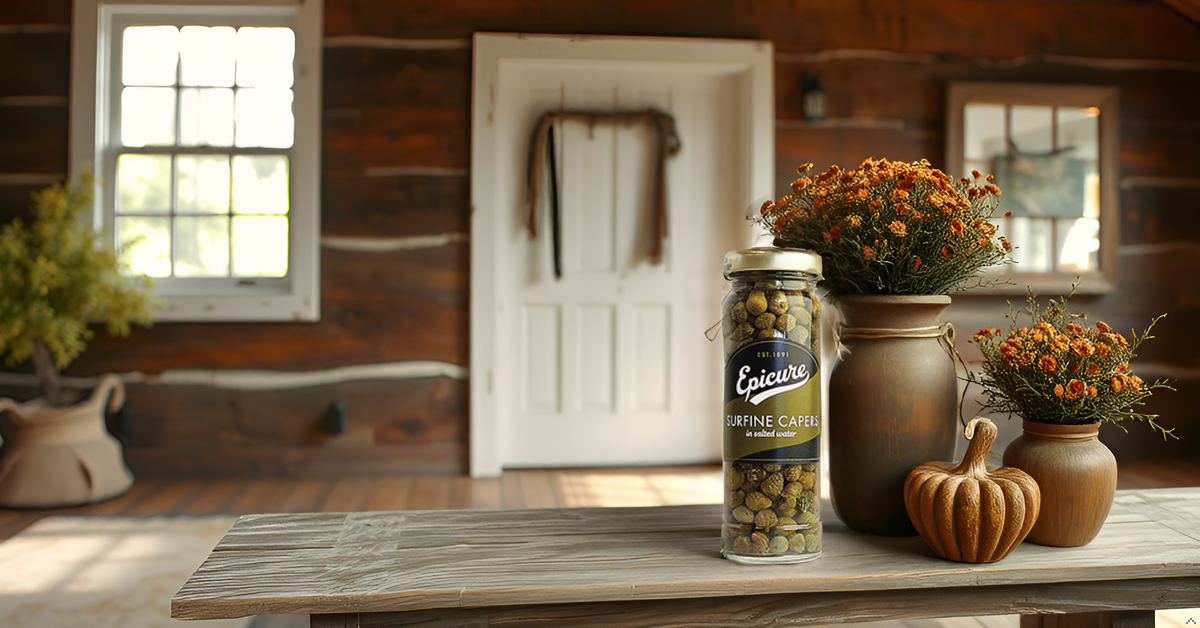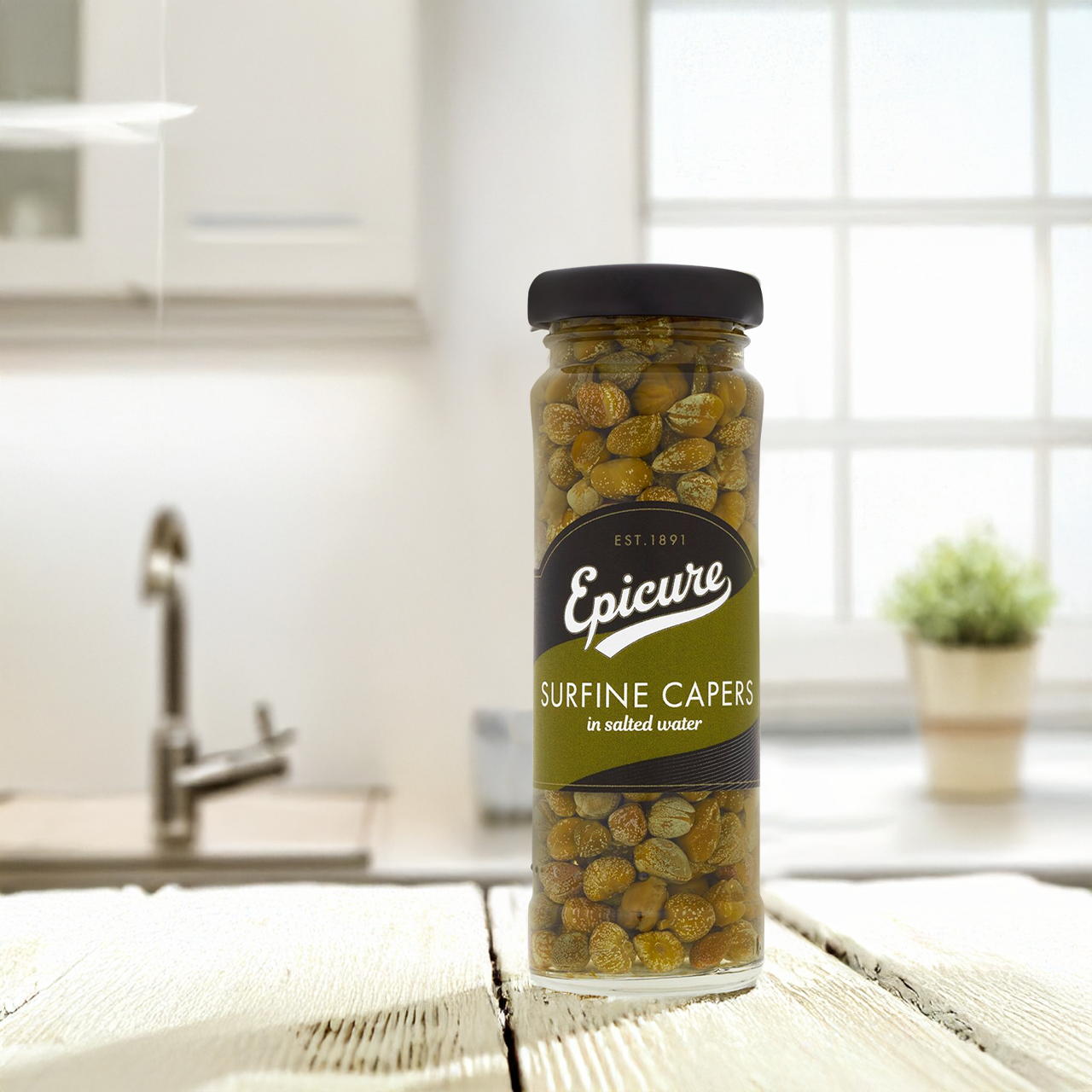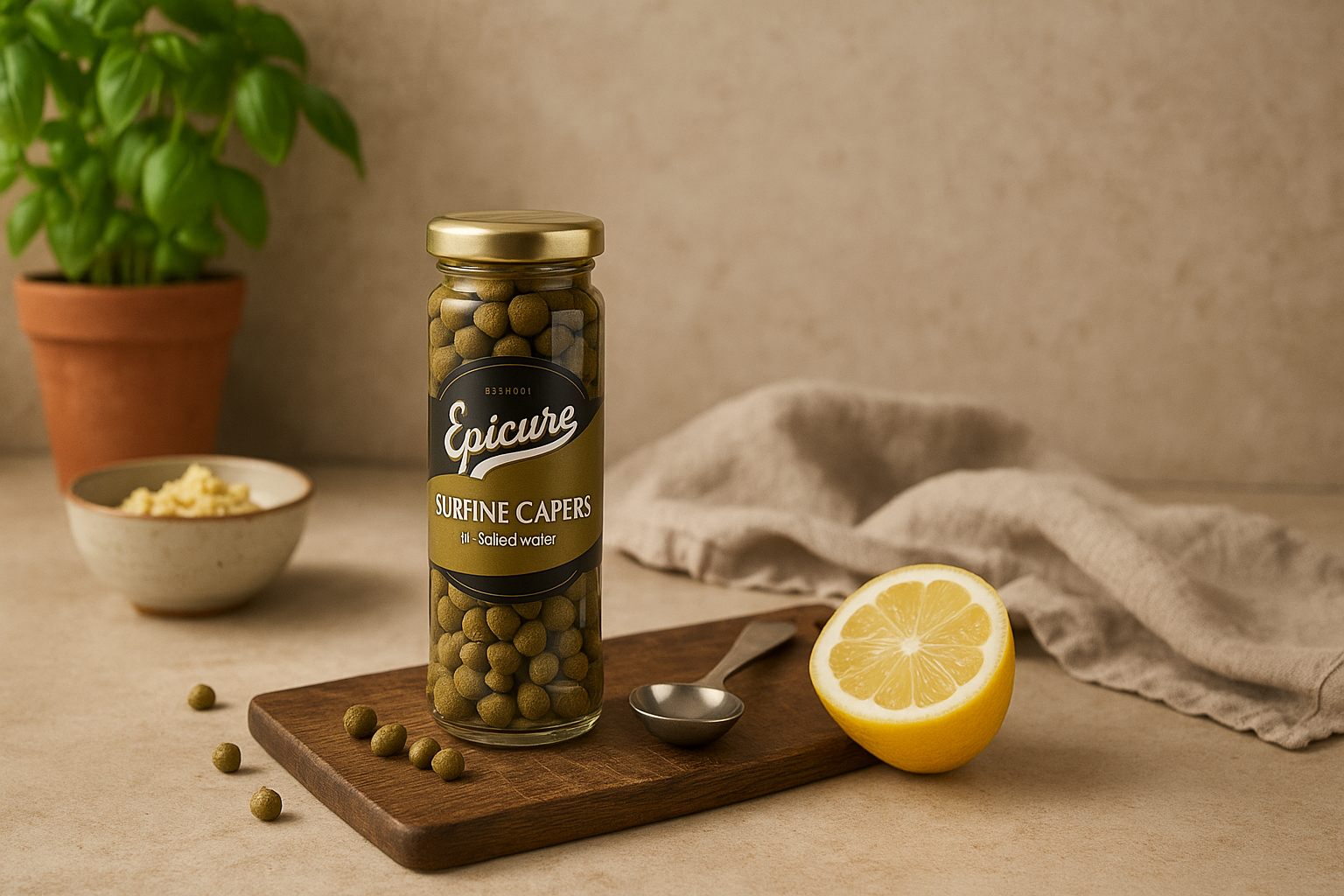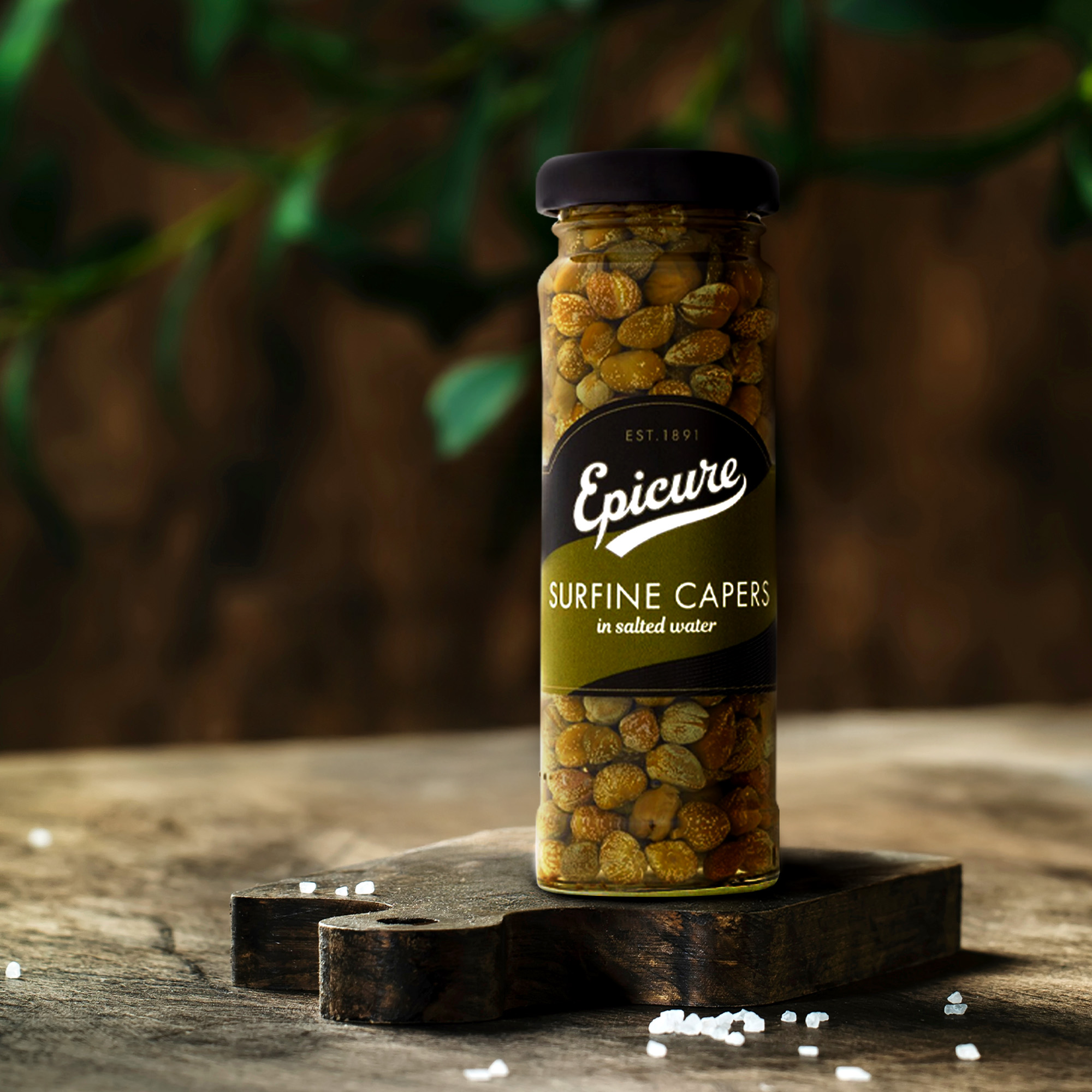Wherever you look in the Amazphere, people are commenting about how quick/easy/simple/cheap it is to create AI images for Amazon listings. At MinsterFB we have some clients with extensive inventories, not all of which have the optimum number of image assets. We recognise that, in this tough economic context, marketing investment is under continued pressure and lifestyle photography is often deprioritised. However Amazon’s Item Data Quality measure for vendor listings suggests that there should be a minimum of 4 images for each product, and we find that 6 is optimal. We have various tools and techniques for making the maximum use of what we have. This test was to see which of the available AI tools might be most appropriate for this type of scenario.
The AI image generation tools we tried
We looked at 3 AI tools and also asked our Graphic Designer to create something for comparison. The tools we used were:
- Amazon AI Creative Studio
- Adobe AI
- Chat GPT 4.0
The Brief
To test the capabilities of the tools and our Graphic Designer, we tried creating a lifestyle image for Epicure Capers. This is part of an extensive gourmet grocery range. We want to add a high quality lifestyle image to the listing to reflect its quality and usage. We assessed how long it took to create an appropriate image using each AI tool, how easy the system was to use and the quality of the final image produced.
Amazon AI Creative Studio
Amazon AI Creative Studio is available in Beta to those running Amazon ad campaigns across multiple accounts. This platform is specifically for the purpose of creating Amazon Ad creative and AI Amazon listing images. Until the latest evolution of ChatGPT, the superpower of this platform was the ability to use existing product images in new image creations for exactly that reason.

This is the most successful image created by the Amazon AI creative studio. Initial versions featured the correct product in a bedroom, and an enormous jar on a rug in a living room as we honed in on the best prompt. The jar is correctly rendered, the size is appropriate (maybe slightly large depending on your impression of the size of the vases and pumpkin), the context is okay and the lighting is fine. It doesn’t do as much to show usage as we might have liked, but it gives rustic high end cues which are appropriate.
The system was easy to use – you just upload an image, type in a prompt and generate results. Some images had sizing issues and some had strange-looking text, so the process needed a few goes to refine the prompt and get the system to try again. However, the process took only 10 minutes. We rated the final image 4/5 because the product is well-rendered. However the context could have been more closely related to the product.
Adobe AI
We used the AI functionality embedded in the Adobe suite to help create this image. Adobe is a favourite tool set for designers, and we have used it before to extend images to fit particular assets specifications. Using it to create a whole image from scratch was new to us.

This was the most successful of the images that Adobe AI created. In earlier versions, the AI distorted the product and struggled to size it correctly in relation to its surroundings. It also repeatedly altered the shape of the product and scrambled the text, so manual cleanup was necessary. Our graphic designer used the Object Selection Tool to isolate the product. She then inverted the selection so the background could be generated with the product in context. While the generation process itself was straightforward, it took several attempts to produce a result that looked natural. She also had to repeatedly resize the product as it kept appearing comically oversized.
The system was complex to use and required knowledge of the Adobe suite in order to get started. Our graphic designer used the AI to help create the assets, but in practice, there was a substantial amount of non AI manipulation in addition. We felt it was unlikely that others in the team could get an equivalent result with this software. It took her 20 minutes, which doesn’t seem long. However this was in fact the same amount of time that she needed to generate an image manually. We rated the final image 2.5/5 based on the AI contribution to the final image.
ChatGPT 4.0
We were excited to trial the latest update to image generation in ChatGPT. It was previously almost impossible to use an existing image within a ChatGPT-generated image, but version 4.0 has indeed changed that.

Once the image was uploaded, it was very straightforward to create an effective image that meets the brief well. The context evokes foodie cues and shows some capers out of the jar. There were no issues with sizing or lighting. On closer inspection, though, there are problems with the pack itself. The bottle shape isn’t exactly right, the established date at the top of the label is scrambled and the secondary wording is in a different font. The label issues could be resolved by our graphic designer as with the Adobe version, but that’s not ideal!
The system was super-easy to use but a bit slow to run. The screen appeared to ‘hang’ but when refreshed the image appeared. It was easy to make helpful changes such as changing from a square image to landscape. It took 20 minutes, which was mainly run-time. We rated the final image 3/5 because of the label and jar issues above.
Graphic designer meets Adobe Photoshop
This would be our standard non-AI approach, but isn’t really scalable for our agency. We just wanted to see how a skilful human approach would compare with the AI images.

This image meets the brief well. The jar is rendered perfectly, the outdoor setting evokes Mediterranean cooking and the rock salt on the chopping board bring the foodie cues. The downside, of course, is that it takes years of training to be able to work with these tools to this standard. This isn’t an approach that can be taken by other members of the team, and our graphic design results isn’t sufficient for this to become a standard approach for generating additional images.
We rated this image 4.5/5. It took our designer 20 minutes. She sourced a brand-appropriate background in Adobe Stock and cut out the jar. Next, she drew in the lighting and shadows by hand to match the scene and colour-corrected the jar for consistency. She also sharpened the detail and refined the overall composition to ensure it felt like a natural lifestyle image.
Ethical considerations Around using AI for Amazon Listing Images
Leaving aside some of the frustrations that we encountered, AI is an appealing go-to for brands struggling with conflicting priorities and diminishing budgets. There are many complexities and costs involved in arranging photo shoots, from venue hire to props and models. AI seems like a simpler route. However, many have raised concerns of the environmental and Intellectual Property impacts of AI image generation.
As discussed in this article, the energy impacts of AI use aren’t restricted solely to each generation event. The models need to be trained, and this energy-intensive training period can span weeks or months. Major tech companies such as Google and Microsoft have doubled their energy usage in the past 5 years. Graphics Processing Units are the primary culprits when it comes to AI image generation. However, cooling the data centres is also a significant energy drain.
The Intellectual Property issues are more subtle, but no less real. In 2022 three artists sued several generative AI platforms on the basis of the AI using their works without license to train their AI. This allowed users to generate images that would be deemed unauthorised derivative works under copyright law. All AI image generators are trained using existing photography, art and other images. As a result many more artists are bringing legal cases. Harvard Business Review advises businesses to demand terms of service from their generative AI platforms that confirm the training data for their AI was properly licensed.
Conclusions
As an agency, we would always prefer professional photography provided by the client as the start point for listing images. We know that these images will appropriate for the product. They will also be in line with brand guidelines, well lit and in sufficiently high resolution to crop as required. However, sometimes ranges are large and budgets are tight.
It was interesting to note that the AI approaches didn’t save much time versus a graphic designer creating a basic lifestyle image in Adobe. However, the obvious difference is the cost for graphic design as a result of the skills that they have honed over years. We have a fairly limited graphic design resource, focussed on adapting assets provided by the client according to the needs of the account. We don’t create bespoke assets from scratch.
AI can step into this resource gap and create Amazon listing images with just a packshot and an appropriate prompt. However, there are watch-outs. The pack silhouettes, wording and fonts were susceptible to corruption, and you need to be fairly eagle-eyed to spot the errors. Some of the images looks okay on the surface, but don’t accurately represent the brand. There are also ethical considerations to be born in mind when choosing your approach.
AI Amazon listing images can be helpful, but we would hesitate to recommend them as a default approach. Use with care.